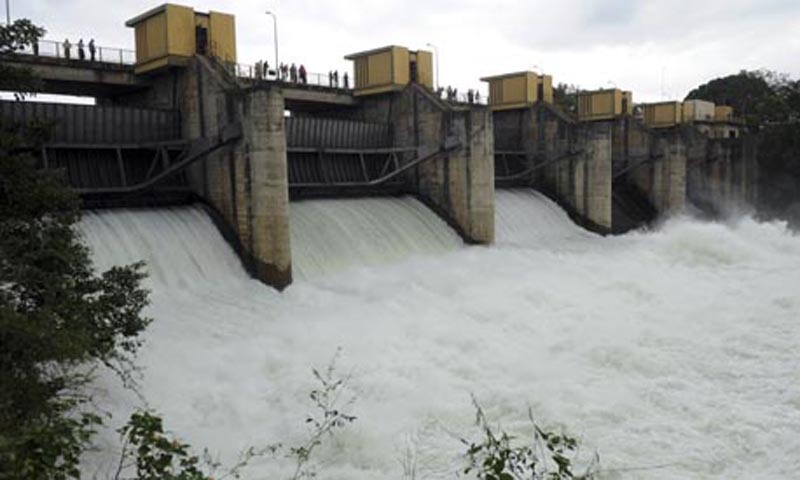ISLAMABAD: The new mechanism for the distribution of water among the provinces of Pakistan will not only reduce disputes among the federating units but will also prove beneficial for agriculture by making accurate predictions about the availability of water in the country, WealthPK reports.
It is believed that the Water Accord Apportionment (WAA) tool will help to reduce disputes over the distribution of water among provinces. It will also make accurate predictions about the availability of water in the country so that authorities can make decisions about water storage and runoff capacity of reservoirs for irrigation purposes.
Muhammad Azam, a research assistant at Indus River System Authority (IRSA), told WealthPK that the traditional mechanism for the distribution of water usually took two to four minutes to execute, leading to inaccuracy in water inflows and outflows in reservoirs. He added that the new tool could run the system for distributing water within one to two seconds.
“Moreover, the runoff capacity of rivers can also be measured with this software. It will benefit the agriculture sector by ascertaining as to how much water is available for the Rabi season and Kharif crops,” he said.
He said that the software was developed jointly by the Ministry of Water Resources (MoWR), the Indus River System and Authority (IRSA), the Water and Power Development Authority (WAPDA), the provincial irrigation departments (PIDs) and the Australian government through the Commonwealth Scientific and Industrial Research Organisation (CSIRO) and the Australian Centre for International Agricultural Research (ACIAR).
“It is an integrated effort because without involving all key stakeholders it is not possible to develop a centralised water management system that works according to the needs of all stakeholders,” said Muhammad Azam.
He said that the new system would ensure fair distribution of water among the federating units of Pakistan. “The water will be provided to provinces automatically based on forecasts and the Water Apportionment Accord (WAA) of 1991,” he added.
He said that the tool was more reliable and efficient because it was deployed and tested at different stages for three years. “Time series data gathered through this software will also assist in monitoring the supply and demand of water over time and help in making timely decisions in the long run. The data bank developed through the readings of this software will help in decision-making,” he added.
The IRSA official said that climate change and its effects on water reservoirs would also be more visible through that system. He said that the melting of glaciers in the Kharif season increased water inflows in rivers beyond storage capacity, which might cause floods. He added that predictions about the future based on data from the past helped policymakers to take steps to prevent any untoward incident in case of emergency.
“Authorities also show interest in the development of new features in the software regarding mid-season planning. That mid-term planning helps to sort out how much water is available for different sectors of the economy. Through research and development, tools can also respond to these needs,” Muhammad Azam told WealthPK.






